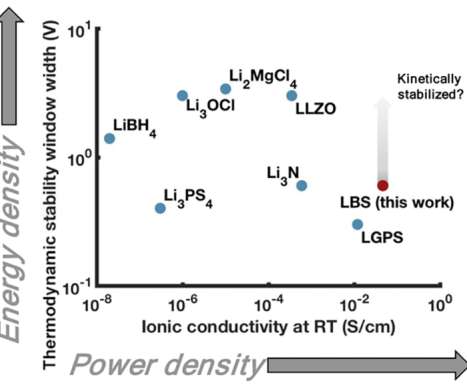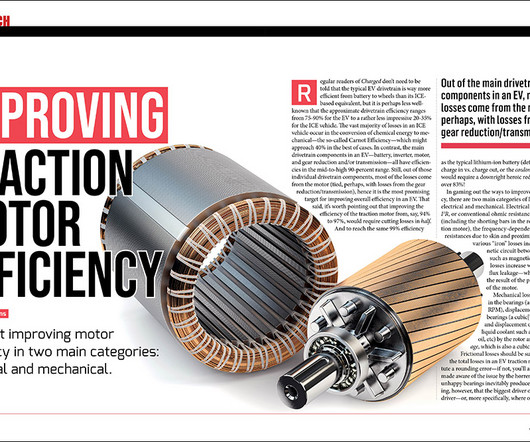Stanford scientists identify new Li-B-S solid electrolyte materials that boost lithium-ion battery performance
Green Car Congress
SEPTEMBER 28, 2020
Stanford University scientists have identified a new solid-state Li-ion electrolyte predicted to exhibit simultaneously fast ionic conductivity, wide electrochemical stability, low cost, and low mass density. Most lithium-ion batteries have a negatively charged electrode made of graphite.












Let's personalize your content